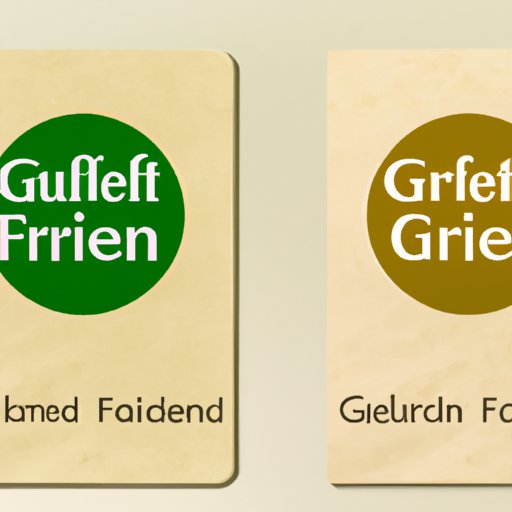
Is Malt Flavor Gluten-Free?
For those following a gluten-free diet, navigating the complex world of ingredients can be daunting. One common ingredient that often raises questions is malt flavor. Is it really gluten-free? The answer may surprise you.
Savoring the Flavor: Understanding Malt Flavor and Gluten-Free Diets
Malt flavor is a common ingredient in foods like beer, bread, and cereals. It’s made from malted barley, which is barley grains that have been allowed to germinate and then dried in a kiln. This process creates a sweet, nutty flavor that’s often used to enhance the taste of foods.
A gluten-free diet, on the other hand, is a medical necessity for those with celiac disease, non-celiac gluten sensitivity, or wheat allergy. Gluten is a protein found in wheat, barley, and rye that can trigger an immune response in some people, leading to a range of symptoms including digestive issues, fatigue, and joint pain.
Is Malt Flavor Safe for Gluten-Free Diets? An In-depth Analysis
There’s no doubt that the presence of gluten in malt flavor can be concerning for those with gluten sensitivity. The controversy around this ingredient centers on whether the processing removes enough gluten to make it safe for those following a gluten-free diet.
There are actually several types of malt flavor, including malted barley flour, malted barley extract, and maltodextrin. The source of the malt can also vary, with some types made from wheat or rye. This means that the gluten content of malt flavor can vary depending on the type and source.
The processing of malt flavor can also impact its gluten content. While the germination and drying process of malted barley can reduce the gluten content somewhat, it’s not enough to make it safe for those with celiac disease. However, additional processing such as enzymatic hydrolysis can break down the gluten proteins further, potentially rendering the malt flavor gluten-free.
Untangling the Debate: The Real Story Behind Malt Flavor and Gluten-Free Diets
So, what does the research on malt flavor and gluten-free diets actually say? The answer is somewhat complicated. While some studies have suggested that malt flavor may be safe for those with celiac disease when processed correctly, others have found that it can still contain significant amounts of gluten.
Experts in the field have differing opinions on whether malt flavor is safe for those with gluten sensitivity. Some argue that the amount of gluten in malt flavor is minimal and unlikely to cause a reaction, while others recommend avoiding it altogether. Ultimately, the decision on whether to include malt flavor in a gluten-free diet should be based on individual tolerance and medical advice.
Exploring Malt Flavor – Is it Really Gluten-Free? Here’s What You Need to Know
If you’re following a gluten-free diet and are unsure whether malt flavor is safe for you, it’s important to know where to look for it. Malt flavor can be found in a variety of foods, including:
- Beer
- Bread
- Cereals
- Granola bars
- Candies
- Protein bars
When looking at food packaging, malt flavor may be listed under a variety of names including malted barley flour, malted barley extract, malt syrup, or caramel color. While it’s not always easy to identify, there are some tips you can use:
- Look for a gluten-free label
- Check the allergen information on the label
- Research the company’s gluten-free policy and practices
- Contact the company if you have further questions
Debunking Myths: The Truth About Malt Flavor and Gluten-Free Foods
There are several common misconceptions about malt flavor and gluten-free diets. One is that gluten-free diets are a fad or trend, when in reality they are a medical necessity for many individuals. Another is that gluten-free products are always healthier, which is not necessarily true. It’s important to remember that gluten-free foods can still be high in calories, sugar, and fat.
Another myth is that eliminating gluten from your diet will automatically result in weight loss or improved health. While some people may see health benefits from a gluten-free diet, others may not. It’s important to work with a medical professional to ensure that your dietary needs are being met.
Navigating Malt Flavor: A Comprehensive Guide to Understanding Gluten-Free Products
When it comes to determining whether malt flavor is safe for a gluten-free diet, there are a few key points to keep in mind:
- The type and source of the malt flavor can impact its gluten content
- The processing of malt flavor can also affect its gluten content
- Individuals with celiac disease should consult with a medical professional before consuming malt flavor
- Always read food labels carefully and research companies’ gluten-free policies and practices
If you’re unsure whether a food is safe for your gluten-free diet, there are several resources available to help. The Gluten-Free Certification Organization (GFCO) provides third-party certification for gluten-free products, and the Celiac Disease Foundation has a helpful Gluten-Free Allergy-Free Marketplace where you can search for safe products.
Conclusion
So, is malt flavor gluten-free? The answer is not a simple yes or no. While some types of malt flavor may be safe for those with gluten sensitivity, others can contain significant amounts of gluten. As with any dietary choice, it’s important to do your research, read labels carefully, and consult with a medical professional if you have concerns. By staying informed, you can make the best choices for your health and well-being.





